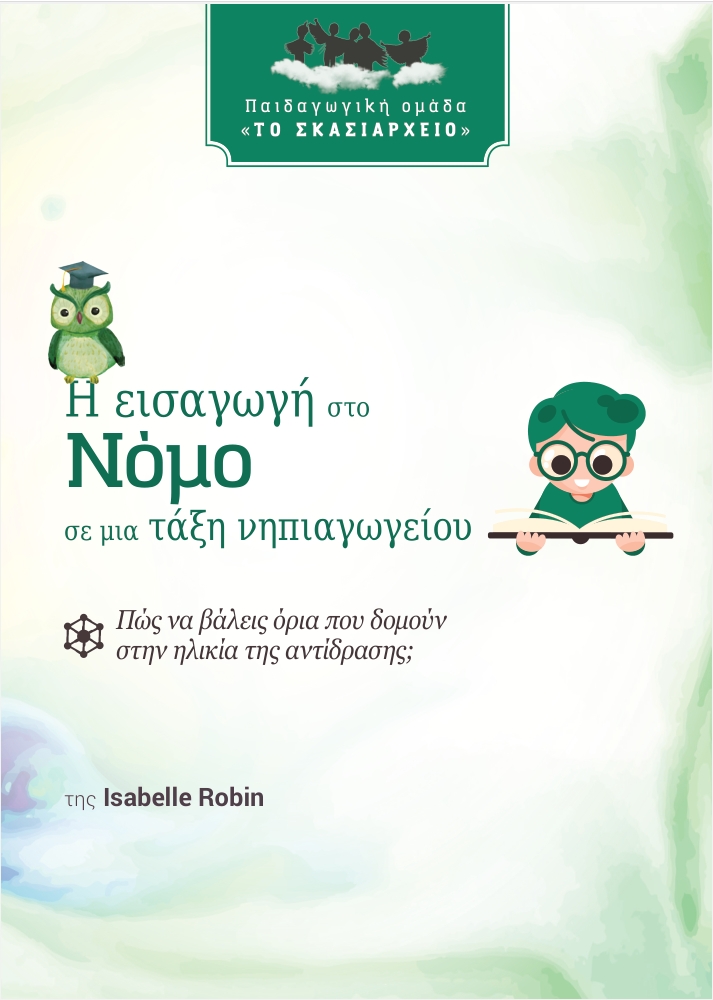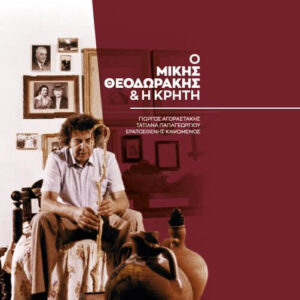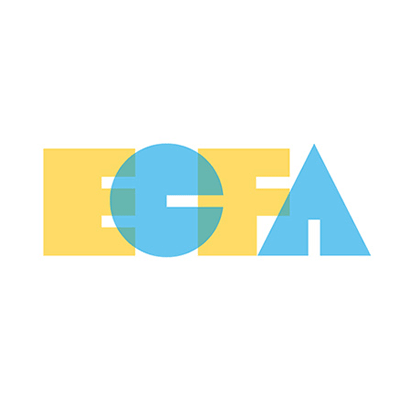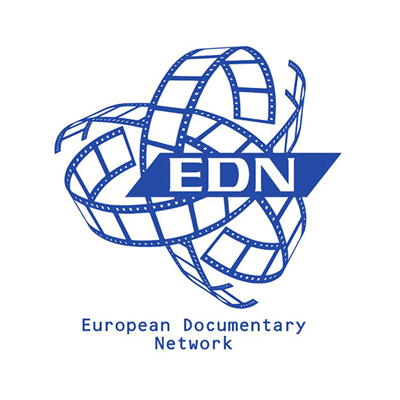Introduction to the Law in a Kindergarten Class
Original price was: €13,49.€10,79Current price is: €10,79.
Shape: 17×23.8
Pages: 94
Publication Time: 2018
ISBN: 978-2-9545773-0-2
Publication: Pedagogical group “To Skasiarcheio”
Description
How to set boundaries that structure in children at the age of reaction? The attendance of infants from the age of two is a priority for the Ministry of Education. The child of two or three years is in a critical period, at the age of reaction. The word that keeps coming up is NO. My class is attended by 25 children. How to lead them to incorporate the rules necessary for a life in society? Building rules with the very young children, in the class council, helps the group and each child. Only the rules are accompanied by the violation of the rules, and therefore by sanctions. Otherwise, what is the point of setting limits if nothing happens when they are violated? But what sanctions can there be for the little ones? Moving away from the group proves ineffective when the children who are bothering are many. The use of inner currency allows children to realize the limits. This essay reconstructs this four-year experience with toddlers and preschoolers. In order for the council and the sanctions to make sense in the eyes of the little ones I had to adapt the Freinet techniques and the institutions of institutional pedagogy. This experience, usable for the whole kindergarten, can be very useful for the primary school, where teachers are sometimes unarmed towards students “without law”.
The Pedagogical team “The Skasiarcheio – Experimental Palpations for a Community School” brings together people of letters and arts, teachers from the fields of Primary, Secondary and Tertiary education. Its purpose is the exchange of views, ideas and proposals for a free, open and collaborative public school, a community school where Celestin Freinet’s techniques, criticism and institutional pedagogy find their place. This book is the third in the series “Pedagogy – applications” in relation to Freinet Pedagogy and its implementation for a free, open and democratic school.
You can search for the book in your bookstore, all over Greece, or order it directly from our online store.
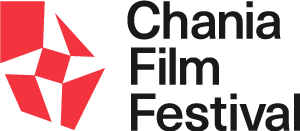
 English
English  Ελληνικά
Ελληνικά 